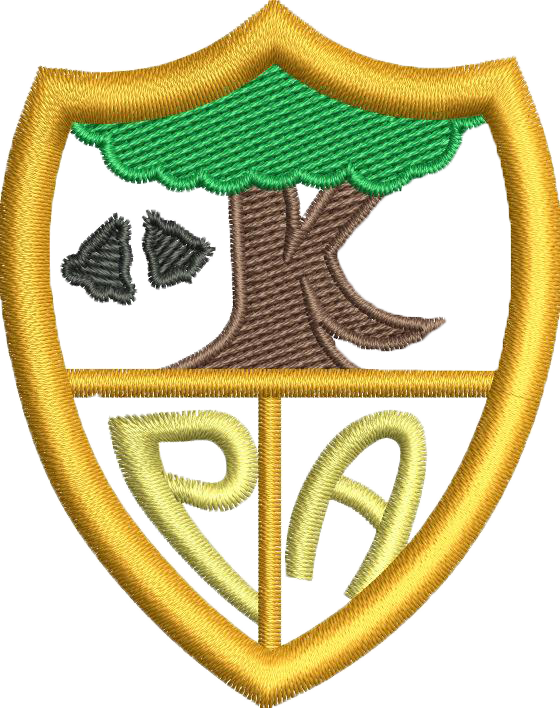Design Technology
Subject Leader
Mrs Hutchinson
Curriculum Statement
Design and Technology is an inspiring, rigorous and practical subject. At Knowle CE Primary Academy, all children are given opportunities to use their creativity and imagination to design and make products that solve real and relevant problems within a variety of contexts, considering their own and other’s needs, wants and values. They work both as individuals and as members of a team. Pupils acquire a broad range of subject knowledge, drawing on mathematics, science, engineering, computing, and art. They are also given opportunities to reflect upon and evaluate past and present design technology to develop a critical understanding of its impact and effectiveness on daily life and the wider world. Through the cooking and nutrition element of design and technology pupils are taught crucial life skills that will enable them to feed themselves affordably and well, now and in later life. Design and Technology at Knowle CE Primary Academy enables children to take risks and become resourceful, innovative, enterprising and capable citizens.
Intent
Our curriculum intent – the knowledge and skills we expect our pupils to learn – can be found in our Long Term Plans and Medium Term Plans (see below)
Implementation
The teaching of Design and Technology at Knowle CE Primary Academy is informed by the National Curriculum and the individual needs of our children.
D&T is a crucial part of school life and learning and it is for this reason that as a school, we are dedicated to the teaching and delivery of a high-quality D&T curriculum, through well-planned and resourced projects and experiences.
We have designed a curriculum which sets out the objectives to be taught in each year group. We have adopted a pedagogy that focuses on the key skills of Research (investigation and evaluation), Focused Tasks, Designing, Making and Evaluating. These skills make up the golden thread that runs throughout our D&T curriculum. These are revisited throughout each year and underpin the structure of every project. These threads can be identified through the medium-term plans and give children multiple opportunities to access the different aspects of D&T, therefore enabling aspects and key skills to be revisited and developed, and progression ensured.
Children design products with a purpose in mind, and with an intended user of the products. Food technology is implemented across the school with children developing an understanding of where food comes from, the importance of a varied and healthy diet and how to prepare this.
Each individual lesson has content that is differentiated between and within, year groups so that learning is age appropriate and high expectations are maintained. D&T projects are recorded in the children’s D&T books. Children record their learning in a variety of ways so that is memorable to them at the end of each lesson or project, they can show what they have learned and imbed their knowledge. Teachers use questioning and provide opportunities for discussion and investigation, to support the development of the technical vocabulary which is explicitly taught and modelled by teachers in every lesson.
Each project introduces a ‘Big Question’ for the children to answer, encouraging them to adopt a problem-solving approach. Every project begins with investigative activities allowing the children to explore and evaluate what already exists. Teaching staff will then lead focused tasks wherein the children will develop skills or learn new skills. After this knowledge and practical skills have been acquired, and information about the design criteria has been gathered, the children can then design, make and evaluate their own project, ultimately answering The Big Question. The purpose of the project is always at the forefront of the activity, whether it be creating canapés to be sold to their families at an event, or making Christmas cards for the elderly residents of a local retirement home, as part of our school’s SMILE agenda. Every project has a clear purpose and outcome.
We support learning with trips and visits to inspire our children. For instance, Year 2 children visited Eleanor Lodge to deliver their ‘bespoke’ Christmas cards, and Year 4 will have the opportunity to invite their parents into school to take part in a Dragon’s Den style showcase where children will present their specially designed chocolate bars and packaging.
We have designed the D&T curriculum with strong cross-curricular links in mind. These include maths, computing, art, science, spoken language, writing and geography and these are highlighted alongside the medium-term planning.
D&T is assessed continuously, and data is tracked through Insight Tracking through ongoing teacher assessment, enabling teachers to make a final judgement at the end of the year. There are clear assessment criteria on each medium-term plan to assist in teacher assessments.
